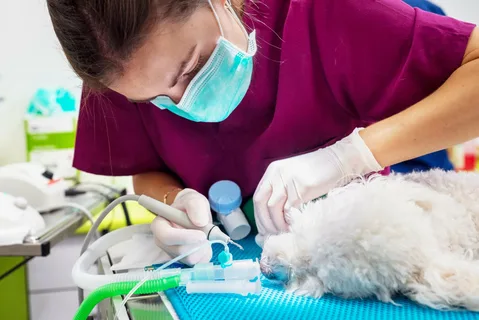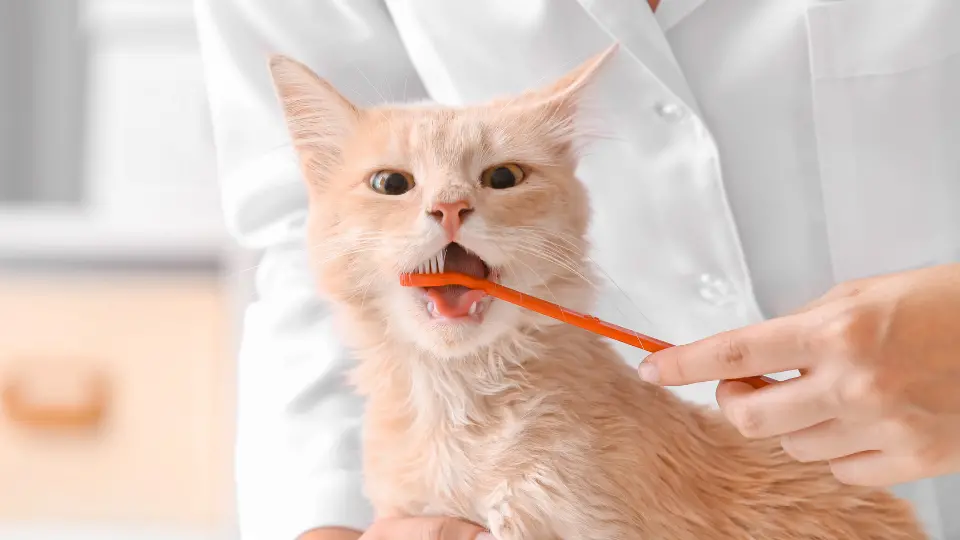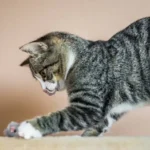Has your furry friend’s dental health left you puzzled? You’re not alone. Just like us, cats need proper dental care, and understanding their “Cat’s Dental Chart” is the first step to ensuring optimal oral health. Let’s dive into everything you need to know about cat dental charts and why they matter for your feline companion.
Why Cat Dental Health Matters
Your cat’s mouth is more than just a place for adorable yawns and gentle nibbles. It’s a complex system that plays a crucial role in their overall health. Did you know that by age three, 70% of cats show signs of dental disease? That’s why understanding your cat’s dental chart isn’t just for veterinarians – it’s essential knowledge for every cat parent.
Think of a cat dental chart as your pet’s oral health roadmap. It helps track everything from tooth development to potential problems, making it an invaluable tool for both vets and pet owners.
Breaking Down the Cat Dental Chart: A Complete Overview
Let’s start with the basics: Adult cats have 30 teeth, while kittens start with 26 deciduous (baby) teeth. Here’s how they break down:
Adult Cat Dental Formula
| Tooth Type | Upper Jaw (each side) | Lower Jaw (each side) | Total |
|---|---|---|---|
| Incisors | 3 | 3 | 12 |
| Canines | 1 | 1 | 4 |
| Premolars | 3 | 2 | 10 |
| Molars | 1 | 1 | 4 |
Each tooth type serves a specific purpose:
- Incisors: Small front teeth for grooming and picking up food
- Canines: Long, pointed teeth for grasping and killing prey
- Premolars and Molars: Sharp, ridged teeth for cutting and grinding food
Reading Your Cat’s Dental Chart: The Visual Guide
Modern cat dental charts use a numbering system that helps veterinarians communicate and record dental conditions effectively. The chart divides your cat’s mouth into four quadrants:
- Right upper quadrant
- Left upper quadrant
- Left lower quadrant
- Right lower quadrant
“Understanding your cat’s dental chart is like having a GPS for their oral health. It helps us navigate potential issues before they become serious problems.” – Dr. Sarah Miller, DVM
Common Notation Symbols on Dental Charts
- △ = Missing tooth
- ○ = Deciduous tooth
- × = Extracted tooth
- ⭐ = Fractured tooth
- ▢ = Tooth resorption
Common Dental Issues Revealed by Dental Charts
Dental charts help identify several common feline dental problems:
- Periodontal Disease
- Red, swollen gums
- Visible tartar buildup
- Bad breath
- Difficulty eating
- Tooth Resorption
- Affects 30-70% of cats
- Often starts at the gum line
- Can cause severe pain
- May require extraction
- Malocclusion
- Misaligned teeth
- Can affect eating ability
- May cause discomfort
- Sometimes requires correction
Case Study: Luna’s Dental Journey
Luna, a 7-year-old Persian cat, came in for a routine check-up. Her dental chart revealed:
- Stage 2 periodontal disease
- Two instances of tooth resorption
- One fractured premolar
After proper treatment and home care implementation, Luna’s six-month follow-up showed significant improvement in her oral health.
Professional Dental Assessments
Regular dental check-ups are crucial. Here’s what happens during a professional assessment:
- Visual Examination
- Overall oral health evaluation
- Gum condition assessment
- Tooth mobility check
- Color and texture analysis
- Digital Charting
- Detailed recording of findings
- Comparison with previous visits
- Treatment planning
- Progress monitoring
Professional Cleaning Frequency Guidelines:
- Young adult cats (1-7 years): Every 12 months
- Senior cats (8+ years): Every 6-12 months
- Cats with known dental issues: Every 3-6 months
Home Dental Care Tips
Maintaining your cat’s dental health between vet visits is crucial. Here’s your action plan:
Daily Care Essentials:
- 🦷 Brush teeth with cat-specific toothpaste
- 🪥 Use soft-bristled pet toothbrush
- 🦿 Provide dental treats and toys
- 🍗 Consider dental-friendly diet options
“Prevention is always better than cure. A little daily dental care can save your cat from serious health issues down the road.” – American Veterinary Dental College
Prevention and Maintenance
Create a comprehensive dental care routine:
- Daily Tasks:
- Brief oral inspection
- Teeth brushing (if tolerated)
- Fresh water provision
- Weekly Tasks:
- Detailed mouth examination
- Dental treat distribution
- Toy rotation for dental health
- Monthly Tasks:
- Thorough oral health check
- Photo documentation
- Progress tracking
Conclusion
Understanding your cat’s dental chart is a powerful tool for maintaining their oral health. By staying informed and proactive, you can help your feline friend maintain a healthy mouth for life. Remember, good dental health isn’t just about a pretty smile – it’s about ensuring your cat’s overall well-being and quality of life.
FAQs About Cat Dental Charts
Q: How often should I get my cat’s teeth professionally cleaned? A: Generally, annual cleanings are recommended, but your vet might suggest more frequent visits based on your cat’s specific needs.
Q: What are the first signs of dental problems in cats? A: Watch for bad breath, decreased appetite, drooling, and pawing at the mouth.
Q: Can dental problems affect my cat’s overall health? A: Yes, dental issues can lead to kidney, liver, and heart problems if left untreated.

Hi, I am Mick Andrew. I am a teacher and a blog writer since 2017.








